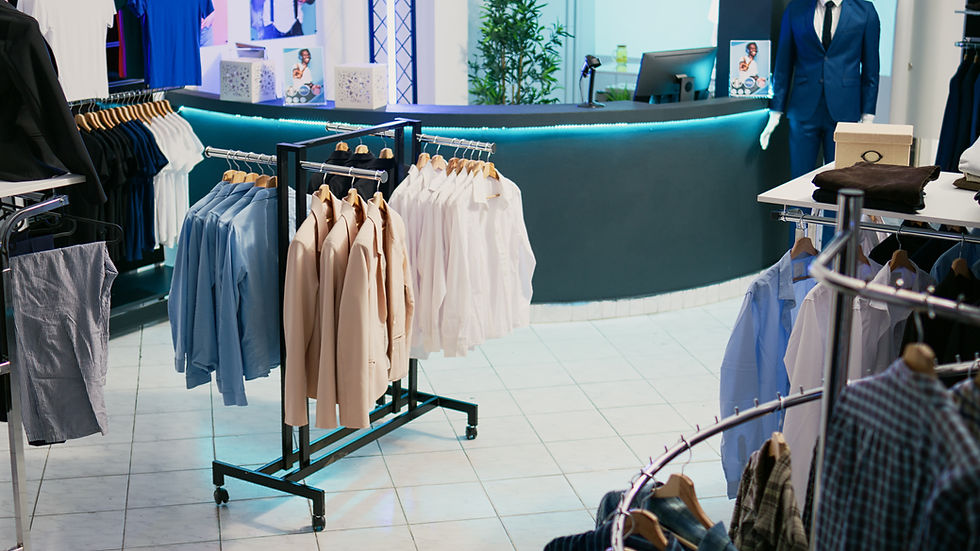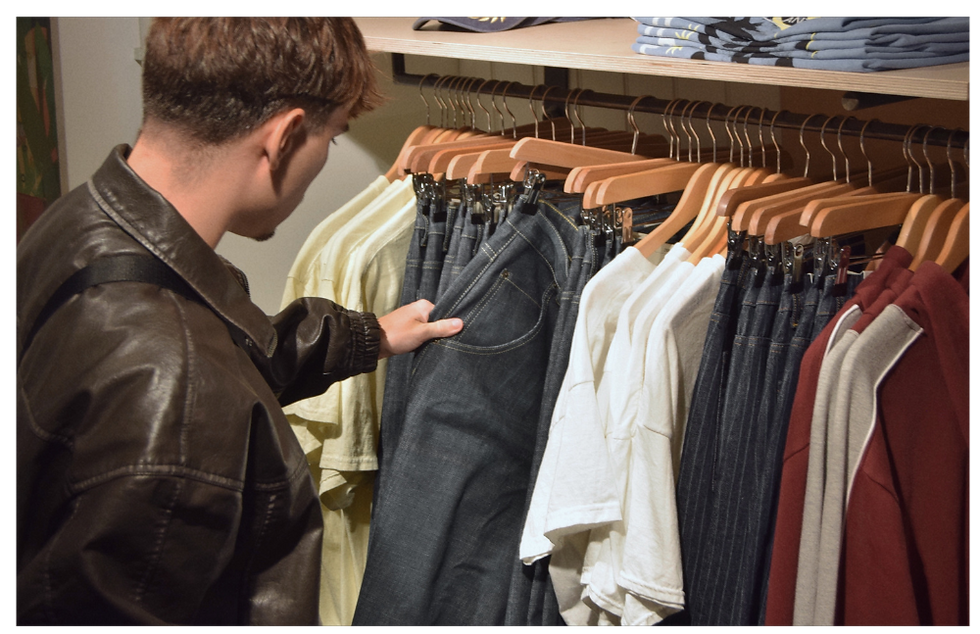Why B2B Needs Are Different in Fashion—and How to Meet Them
- Admin Qart
- Aug 8
- 3 min read
Updated: Oct 17

Fashion B2B isn't just about selling in bulk it’s about selling with precision, consistency and long-term buyer alignment. From fashion order booking to inventory visibility, every step demands structure.
Unlike B2C, where speed and volume are the primary focus, B2B fashion is relationship-driven, operationally complex and highly data-dependent. Managing price tiers, style runs, tradeshow schedules, SKUs and delivery windows across multiple stakeholders isn’t a job for a plug-and-play eCommerce platform. It’s a workflow and it needs structure
Let’s explore what makes it unique and what a modern b2b fashion software should look like.
What Sets Fashion B2B Apart
The differences aren’t just technical, but they’re foundational.
1. Multi-SKU, Multi-Dimensional Orders
Retail buyers aren’t ordering single units they’re placing multi-line, multi-color, multi-size orders for multiple storefronts. The platform must support this level of complexity from product listing to checkout.
2. Seasonal and Pre-Booking Cycles
Unlike B2C, B2B fashion operates on forward seasons. Orders placed now deliver months later. The system must accommodate pre-booking logic, seasonal visibility and production forecasting.
3. Buyer Specific Pricing & Visibility
Pricing is rarely one size fits all. Buyers expect negotiated rates, minimums, and custom payment terms. Your platform should display the right pricing to the right buyer, every time.
4. Integration with ERP and CRM
Fashion brands operate with tightly controlled backend workflows ERP systems for inventory and logistics, CRMs for buyer engagement. Seamless integrations ensure operational continuity.
5. Relationship-Driven Sales Cycles
In B2B fashion, the buyer journey is consultative, not transactional. Strong platforms need to support long-term engagement, not just single checkouts.
Addressing the Gaps: What Fashion Buyers Actually Need
In B2B fashion, the challenges are rarely about product quality—they’re about process breakdowns. Buyers are navigating multi-channel procurement cycles, outdated systems, and siloed data. Most platforms still fail to address the structural pain points that define operations.
Common issues include:
Lack of visibility: Orders, pricing and inventory often live in disconnected systems, creating delays and internal misalignment.
Asset sprawl: Line sheets, product images, and pricing decks are spread across folders, emails and PDFs—with no single source of truth.
Inconsistent buyer experience: Custom pricing, product access, and seasonal assortments are difficult to manage at scale.
Manual reordering: Missed revenue opportunities due to a lack of automated reorder triggers and buyer-specific recommendations.
Poor integration: Core systems like ERP, CRM and finance tools operate in isolation, leading to duplicated effort and data errors.
These aren’t marketing problems they’re operational gaps. Solving them requires infrastructure built around how b2b fashion functions: long-cycle sales, negotiated terms, regional variations and high SKU complexity.
To move forward, brands need to replace disconnected tools with centralized fashion order booking platforms that are built to handle real workflows—at speed and scale.
Solving for Operational Complexity with the Right Infrastructure
Legacy tools aren’t built for the pace or structure of the modern fashion industry. Generic eCommerce platforms lack the flexibility to reflect how fashion brands actually operate.
What’s needed is a solution that supports today’s industry demands:
Virtual Showroom -A 24/7 digital platform where buyers browse curated collections, check availability and place orders—on their timeline, not the tradeshow calendar.
Order Management Built for FashionHandle complex SKU logic, multi-dimensional orders, and custom pricing with systems that automate what spreadsheets can’t.
Digital LinesheetsAlways current, editable and buyer-specific. Replace PDFs with dynamic line sheets that reflect real-time inventory and pricing.
ERP/CRM IntegrationsCreate cohesion across finance, operations, sales, and logistics. Orders move through the system without duplication, re-entry, or miscommunication.
AI-Powered Digital Asset Management
Centralize campaign visuals, product imagery and marketing collateral in a single platform that streamlines collaboration and ensures on-brand consistency across teams.
Buyer Access Controls
Control what each buyer sees with role-based access, custom pricing and secure logins.
Platforms that integrate tradeshow order booking apps allow brands to capture event-based orders, track buyer activity, and extend visibility beyond physical events.
What the Future of Fashion B2B Demands
The expectations have changed. Retail buyers are digitally native. They expect the same quality of experience from a fashion order booking platform as they do from consumer platforms—but with more complexity and control.
Fashion brands can no longer afford to treat B2B as an afterthought. What’s needed is infrastructure that supports:
End-to-end fashion order management
Real-time inventory and pricing sync
Season-based merchandising
Buyer-specific asset delivery
Integration with internal systems for fulfillment, finance, and sales ops
Tradeshow sales order management
Provides AI capabilities
It’s not about adding more tools, it’s about consolidating the right ones into a single, intelligent b2b fashion platform.
Request a demo to see what that looks like in action →




Comments